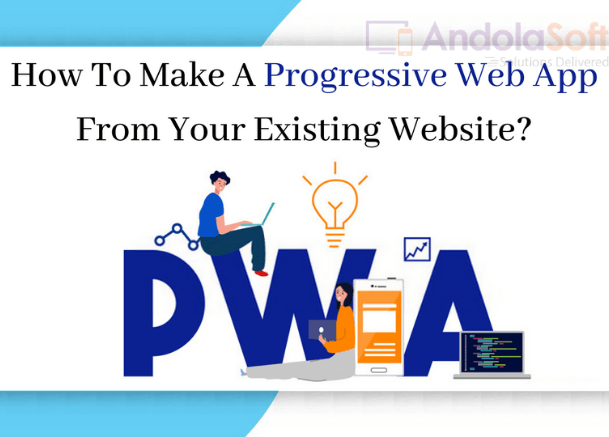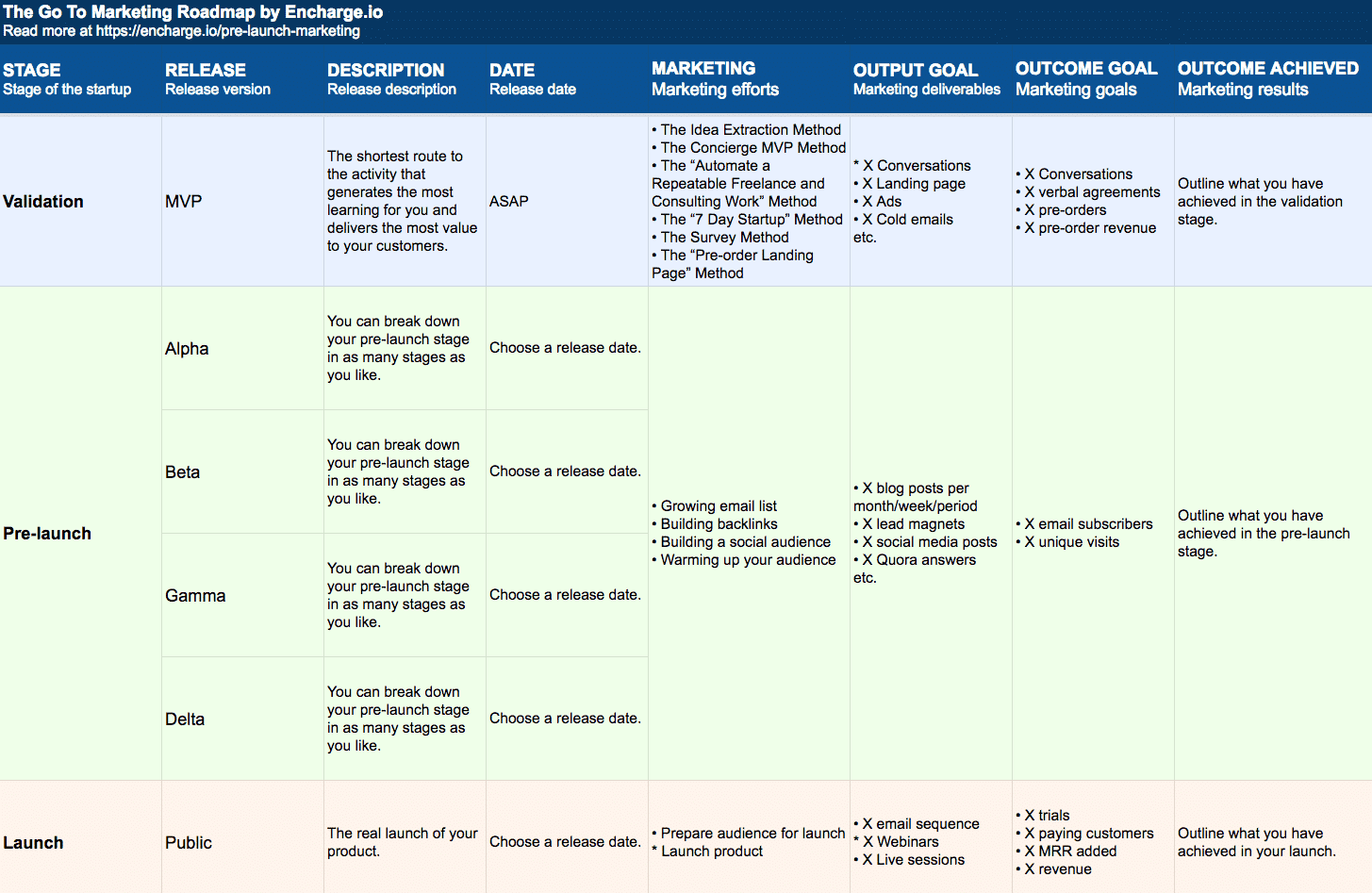Progressive web apps have had a great impact on the web development industry. A progressive web app offers many benefits including an app-like interface, responsive structure, fast-performance, and many more.
Therefore, progressive web app development services have become a prominent choice for those who run their businesses online. Due to this, website owners are now willing to convert their existing website into progressive web apps.
The process of converting an existing website to a PWA can be completed in three steps that are as follows:
Get secure HTTPS connection for your site
Progressive web apps are fully secure as they work with HTTPS connections. Hence, to transform your site into a PWA, you need to ensure that it is served via HTTPS protocol.
After doing so, your users will be able to access your site via HTTPS connection. Make a quick switch of your site to HTTPS connection. It is strongly recommended to get an SSL certificate for this.
Here is the method to accomplish this task:
You can easily find many free SSL certificates like LetsEncrypt or many premium certificates for your site.
You can add the certificate to your site if you have root access or running the site on your server.
If you don’t have root access or the site is running on a different server, then you can approach your web host to provide SSL certificates.
Build your manifest file
Every PWA has a manifest file which is a simple JSON file containing all the data related to the progressive web app. To convert your site to a PWA, you need to create a manifest.json file.
The file will hold information like scope, name, start_url, description, short_name, images, display, etc This file is used by web browsers to determine how your app needs to be displayed as well as saved on the home screen.
You need to add the below link in your <head> tag after creating the file. It will link your PWA to the file.
<link rel=”manifest” href=”/manifest.json”>
After successful validation of your app by the Manifest section in the Development Tools Application Tab of Chrome browser, you will get a “Add to home screen” link.
A progressive web app uses varied images that are of different sizes. You will need to configure the app manifest file to include different images for your application.
If you are not sure what kind of images you need, you can utilize online image generator tools that can help you generate the right images and create a manifest file.
Build a service worker
This is an essential component of a PWA. It is a file written in JavaScript and placed in the app’s root. After the installation in the supported browsers, a service worker helps a PWA to intercept and respond to network requests differently.
The key role of a service worker is to cache the static content that will allow a progressive web app to run offline. To create a service worker, you first need to register it.
You can determine whether a browser supports service workers or not by trying to register it. If a browser supports it, a service worker will be generated. So, you will get a JSON file in that case.
After the creation of the service worker, you need to generate the files for your service worker. There are some shell commands to do this.
You can find these shell commands on the internet and enter them to create the required files for the service worker of your PWA.
After finishing these steps, you will get a PWA that will work as per your expectations. You can deploy this and take advantage of it to make more sales or increase your business.
Though developing a progressive web app is a straightforward process, you can do this only when you have experience in web development. If you don’t dabble in coding then you can also seek help from a Progressive web app development company.
Wrapping up
Progressive web apps have become an essential solution for businesses especially eCommerce stores. A PWA is designed to provide a better experience to web and mobile users.
Since these apps can run in a separate browser window they seem like real mobile or web applications but they are just websites at the core.
A PWA can be installed on a desktop or mobile devices like native desktop or mobile applications. Converting your existing website into PWA leads to huge business growth.
With a progressive web app, you can offer your customers a seamless web and mobile web experience and attract more customers.
Many reputed companies now offer dedicated PWA development services and you can also hire experienced developers to create more advanced progressive web applications.









